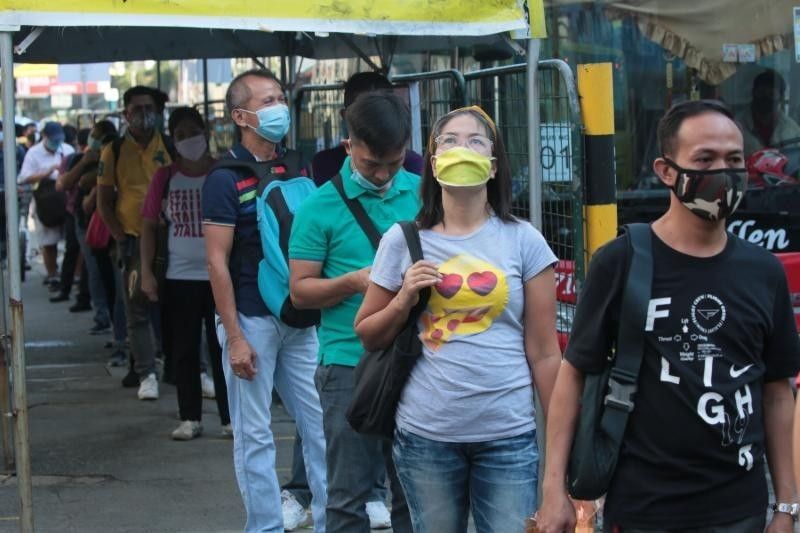Jobless rate rises to 6% Nearly 3 million Filipinos unemployed in May

MANILA, Philippines — The number of unemployed Filipinos went up in May while the quality of available jobs deteriorated, according to the latest data from the Philippine Statistics Authority (PSA).
In a briefing yesterday, the PSA reported that the country’s unemployment rate rose to six percent in May from 5.7 percent in April.
This translated to 2.93 million jobless Filipinos in May, higher than the 2.76 million recorded in April.
Compared to the 3.74 million Filipinos who were out of work in May last year, the number of jobless Filipinos in May this year went down by around 810,000.
Major industries that posted the biggest drop in employment in May on a month-on-month basis were agriculture and forestry; public administration and defense along with compulsory social security; arts, entertainment and recreation; education; and professional, scientific and technical activities.
The quality of jobs worsened as the underemployment rate, or those looking for more hours of work, climbed to 14.5 percent from 14 percent.
This is equivalent to 6.67 million underemployed Filipinos in May, up from 6.4 million in April.
National Statistician Dennis Mapa said the top five subsectors that registered a month-on-month increase in underemployment in May were manufacturing, fishing and aquaculture, agriculture and forestry, wholesale and retail trade and repair of motor vehicles and motorcycles, and other services.
There were 49 million Filipinos in the country’s labor force in May, higher than the 48.39 million in April.
Following the release of the latest Labor Force Survey, the National Economic and Development Authority said increasing the employability of the current and future workforce is expected to lead to the creation of more jobs in the medium term.
“Now, the immediate challenge is the full reopening of the economy. Over the medium term, the government will focus on creating more jobs, quality jobs, and green jobs through productivity-enhancing investments,” Socioeconomic Planning Secretary Arsenio Balisacan said.
To increase employability, he said investments to enhance productivity would include strategies to improve the quality of education, provide opportunities for life-long learning, in-demand skills development, options to obtain micro-credentials, enhanced job facilitation programs and stronger linkages among industry, business and training institutions for a more efficient labor market.
NEDA cited the importance of ease in metrics in determining the alert level to the economy’s reopening.
Balisacan also welcomed the move to immediately resume face-to-face classes, saying this would not just lead to increased domestic activities, but also address future productivity loss.
With students losing two years of learning given lockdowns imposed due to the pandemic, he said a catch-up plan would be needed.
“A learning catch-up plan is crucial. This will help secure better opportunities for future generations and ensure that our demographic dividend will not be wasted,” he said.
- Latest
- Trending





























